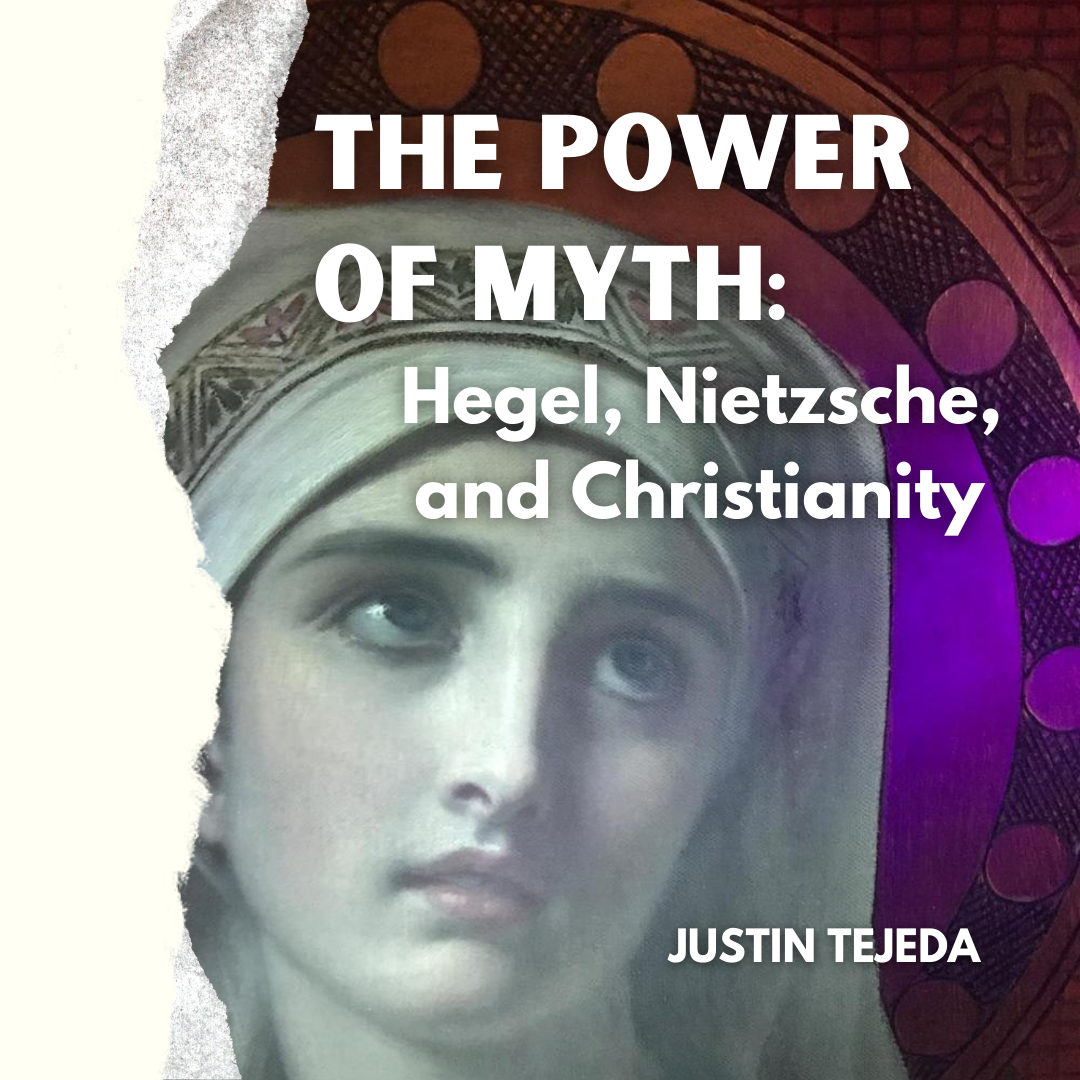As Nietzsche sees it, there are no objective “facts” about reality, only “interpretations” of our experience.33 Interpretation, importantly, is not passive—it necessarily involves an active interpreter. Appearances, thus, are the product of our mind’s work. Reality beyond appearance has been hopelessly obscured by our mental participation in forging appearance itself, leaving the very notion of an objective reality an impossibility. Nietzsche goes so far as to even reduce science, math, and logic (which we take to be our most objective sources of knowledge) to be nothing more than interpretive schemas, a mental product, and not at all objectively true of any sort of external reality. Their usefulness, Nietzsche concedes, may well be demonstrable: but we should not be fooled into thinking that their utility is in any way indicative of their reality. Knowledge, properly understood, is not a process of understanding reality but of governing it. By making reality bend to our will via our interpretative schemas, we are essentially involved in creating the structure of reality itself. After all, all that’s real are those appearances which we, through processes of interpretation, create for ourselves. Everything, even our most traditionally prized sources of supposedly objective truth, can be traced back to man’s capacity to generate interpretative frameworks to which reality, being nothing more than our own appearances, conforms.
Where then does Christianity lie within all this? The Christian faith (though admittedly a unique target of Nietzsche’s scorn) is rejected by him for the reason that all systems positing a transcendent reality are: they make undue claim to knowledge of an objective reality, of which there is no such demonstrable thing. But Christianity did get one thing right; indeed, the very thing which Hegel tried to rid from it: it makes use of the most essential interpretive devices at man’s disposal. The forms of metaphoric expression Hegel so desperately tried to purge from the religion are wholeheartedly embraced by Nietzsche, not just because he recognizes their communicative power and artistic value, but because he recognizes their necessity. Metaphor, Nietzsche thinks, is a fundamental aspect of the interpretive process from which our appearances are created; it couldn’t be circumvented even in principle.
In order to highlight the necessarily metaphorical structure of the interpretation that crafts our appearances, Nietzsche provides us with an analysis of language. This choice is not arbitrary; language is the very fabric of thought itself and is essential to the structure of mind. Conventionally, we see language as a mechanism with which to communicate the real. Hegel gawked over what he dubbed The Divine Power of Language—its miraculous ability to capture thought and reality communicatively—and most people see language in a similar light. After all, we assign truth values to language all the time, indicating our conventional faith in an objective reality, and language’s power to apprehend and communicate such a reality. Nietzsche, obviously, disagrees. “What matters with words is never the truth,”34 he boldly proclaims. To elaborate, Nietzsche points out that a word is merely “the image of a nerve stimulus in sounds,”35 while also quickly warning us not to “infer from the nerve stimulus, a cause outside us” in order to remind us that all we can know to be real are “the relations of things to man,”36 not any external reality informing those relations. To “express” these relations we have no choice but to call on “the boldest metaphors” because language, and consequently, thought itself, is simply structured metaphorically.37 Consider the process of uttering a word: a “nerve stimulus” is “transposed into an image—first metaphor”;38 the image, in turn, is “imitated by sound—second metaphor”;39 and now, you have a word. Notice how the very act of speaking, writing, or even thinking a word is a process of producing interpretive images—what we could rightly call picture-thoughts—that follow each other in a sequential chain. Language, thought, reality, and what we call truth itself is nothing but a “mobile army of metaphors” and “a sum of human relations, which have been enhanced, transposed, and embellished poetically and rhetorically.”40 When we assign truth values to statements we are simply using the “customary metaphors,”41 and not actually reaching towards any objective reality bubbling underneath our words. Truth itself, Nietzsche tells us, is metaphorical.
